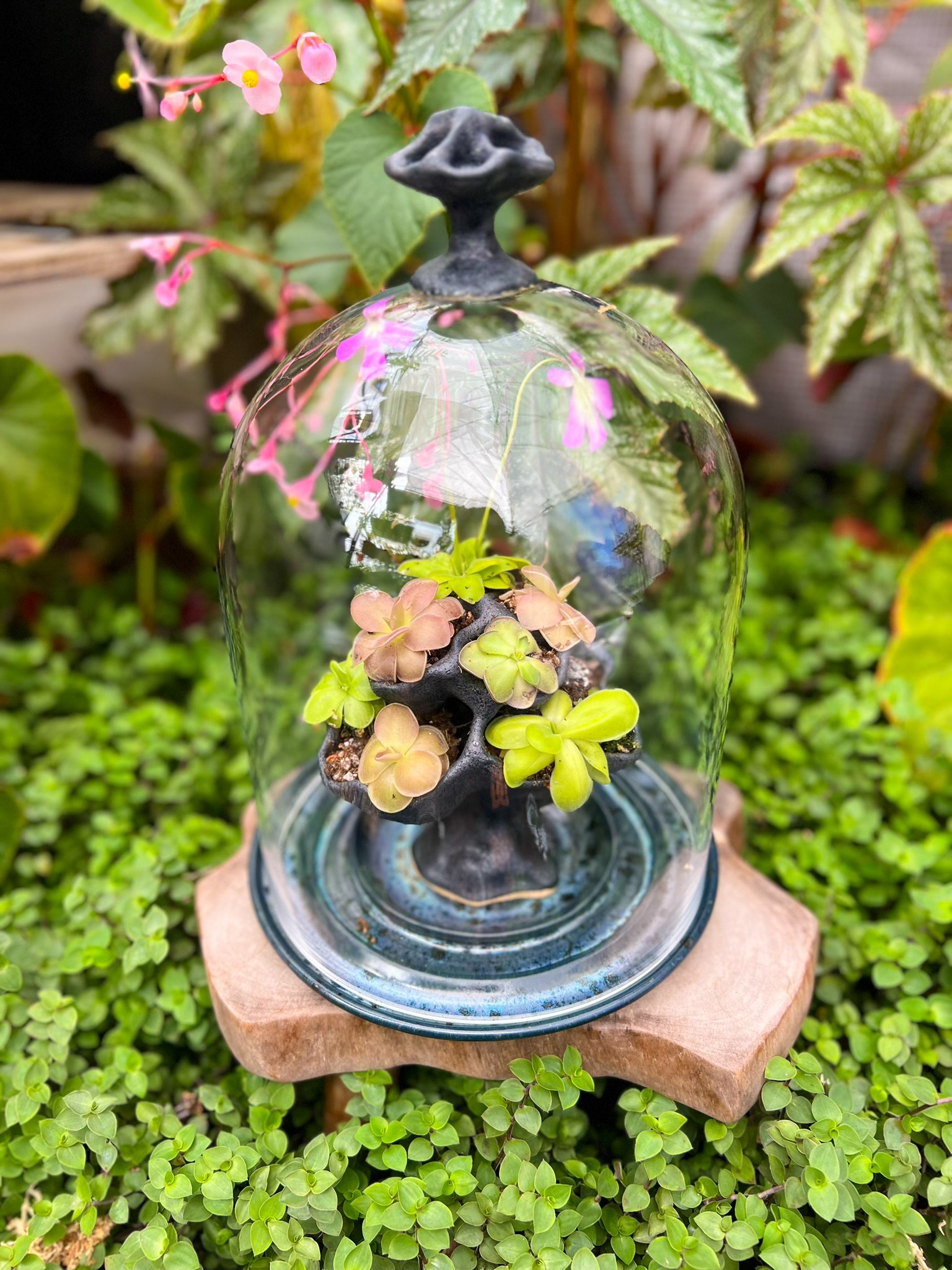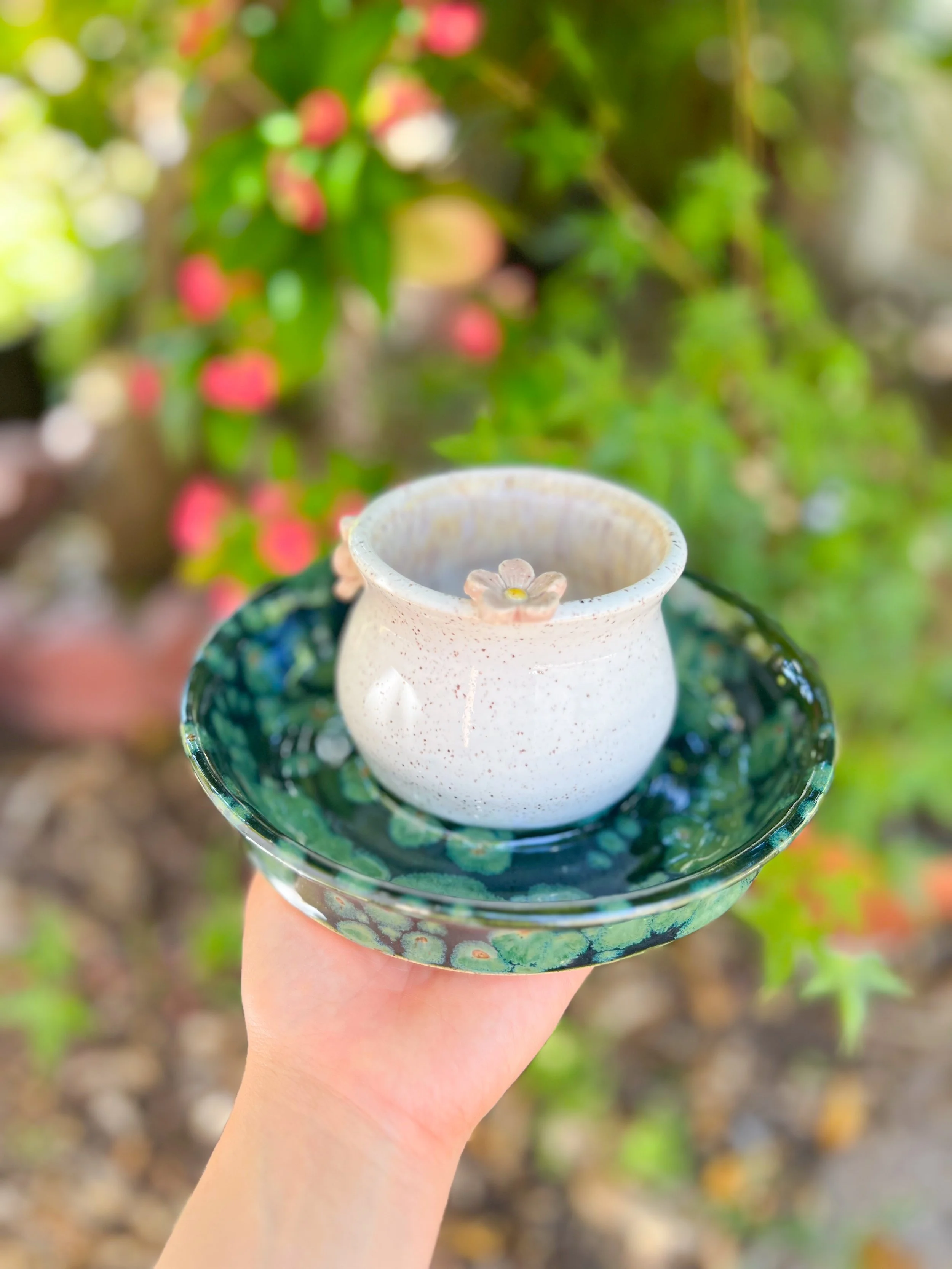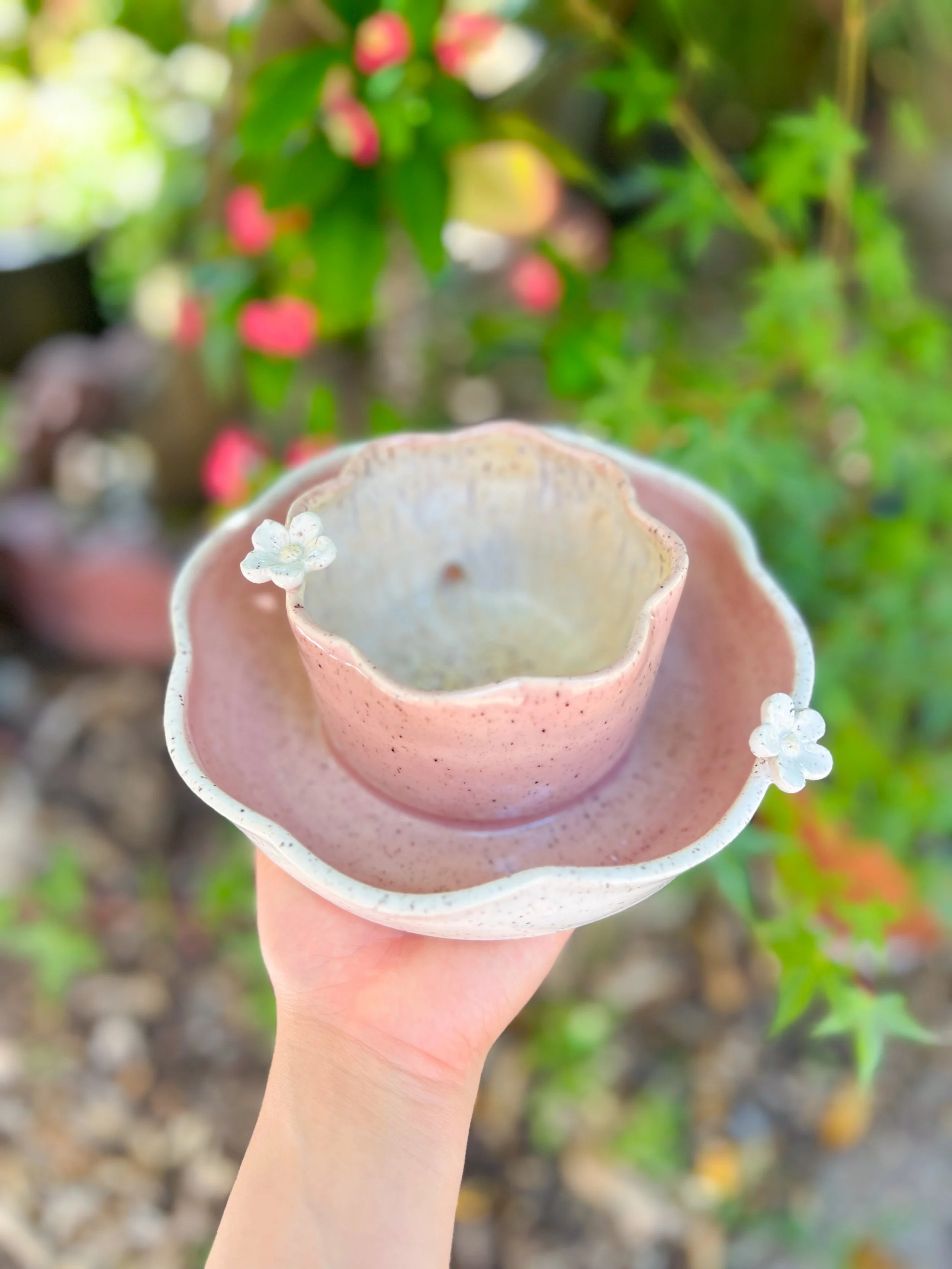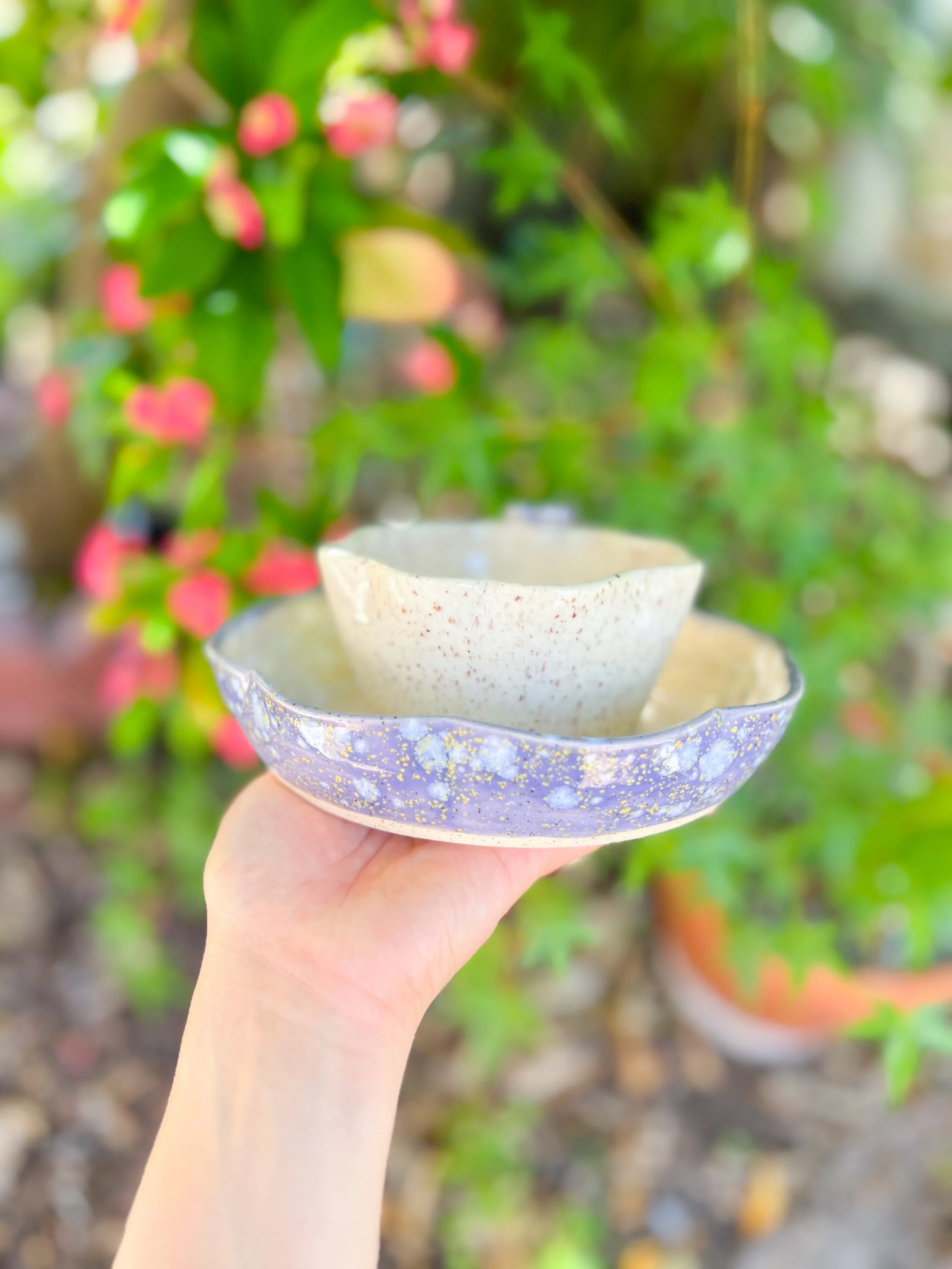PING POT GUIDE
What are Pinguiculas?
Pinguiculas, also known as butterworts, are a genus of small, carnivorous plants known for their sticky, gland-covered leaves that trap and digest insects. Native to various environments worldwide, from North America to Europe and Central America, they thrive in both temperate and tropical climates.
These plants use their leaves, which exude a sticky, mucus-like substance, to catch small insects like gnats. The trapped insects are then digested to provide nutrients, particularly nitrogen, which is often lacking in the poor soils where Pinguiculas grow. This adaptation helps them survive in challenging conditions, such as bogs or rocky terrains.
Pinguiculas have rosettes of flat, fleshy leaves, often with a slight sheen due to their mucus secretions. They can produce small, delicate flowers in colors such as purple, pink, or white, making them popular among plant enthusiasts for both their unique appearance and insect-catching abilities.




What are Ping Pots?
…or pinguicula pots, are my handmade self-watering pots designed specifically for pinguiculas that are adapted to bog environments. The original petaled design mimics the leaves of a pinguicula. They can also be used for other plants that love moist substrate (other carnivorous plants, moss, ferns, etc). They are an aesthetic alternative to the common practice of placing containers in a plastic tray of water.
Directions for Use
Layer the bottom with sphagnum moss to keep dirt from leaving the holes.
Fill the top inch with low nutrient airy substrate (See below for details)
Fill the outer perimeter with water. The water will seep through holes on the bottom of the inner vessel to keep your substrate moist for longer periods of time.
Adjust the water according to the needs of your plant and your climate. In general allow the water in the silo to be sucked up completely and dry a couple days in between waterings. Generally, pings should be watered more during warm seasons in it’s carnivorous phase, and less during winter when they form small tight rosettes.
Note: certain types of pinguiculas may be adapted to wetter substrate than others. Please research your plant.
Pottery Care Tips:
Hard water may build up over time. Apply an equal mixture of baking soda and white vinegar. Let it sit for 10 minutes and wash off using warm soap and water.
General Pinguicula Care
Substrate
Pings like low nutrient substrates such as peat moss, perlite, vermiculite, sand, or sphagnum moss. Update: I now like to line the bottom of the pots with sphagnum moss and use a one inch topsoil of vermiculite. Previously I have used a 1:1:1 ratio of peat moss, perlite, and vermiculite but I found sometimes the smaller peat moss particles got on the ping leaves and can cause spot rot more easily. vermiculite seems “cleaner” and easier to remove. A topsoil is not completely necessary. using all sphagnum moss works great too. Feel free to experiment.
I don’t think there is a wrong way as long as it’s a low nutrient substrate.
Feeding
Pings should be able to catch small bugs and fruit flies in your home. fruit flies are generally attracted to moisture in the pot so this shouldn’t be a problem. if any reason it cannot access fruit flies, feed bugs, dried bloodworms, fish food, or diluted foliar fertilizer such as Maxsea every 2-3 weeks.
Humidity
50-80% with adequate airflow
Water
Use distilled water or pure rain water. Avoid water with minerals or nutrients. While in its carnivorous phase, provide enough distilled water for the media to remain damp. Reduce watering and allow the media to dry out more once the succulent rosette begins to form when the weather gets colder.
Glaze Chart
Become a Member and customize your ping pot using this glaze chart as a reference. glaze shown here are only examples. your ping pot is not limited to these designs. send me a message with screenshot references for glazes/combinations +embellishments not listed and i will do my best to bring your vision to reality.
Everglade
Everglade
Lily Pad
lilypad/white
pink/white
Pink
Lavender dream/choco chip
Lavender Dream
Petrichor
Frog Skin
Potion
Firefly
Grotto (Black)
Rocky White
Enchanted Forest
Nebula
Nebula
Aurora
Aurora
Aurora
Mango Pear
mango pear
Grotto (Brown)





























